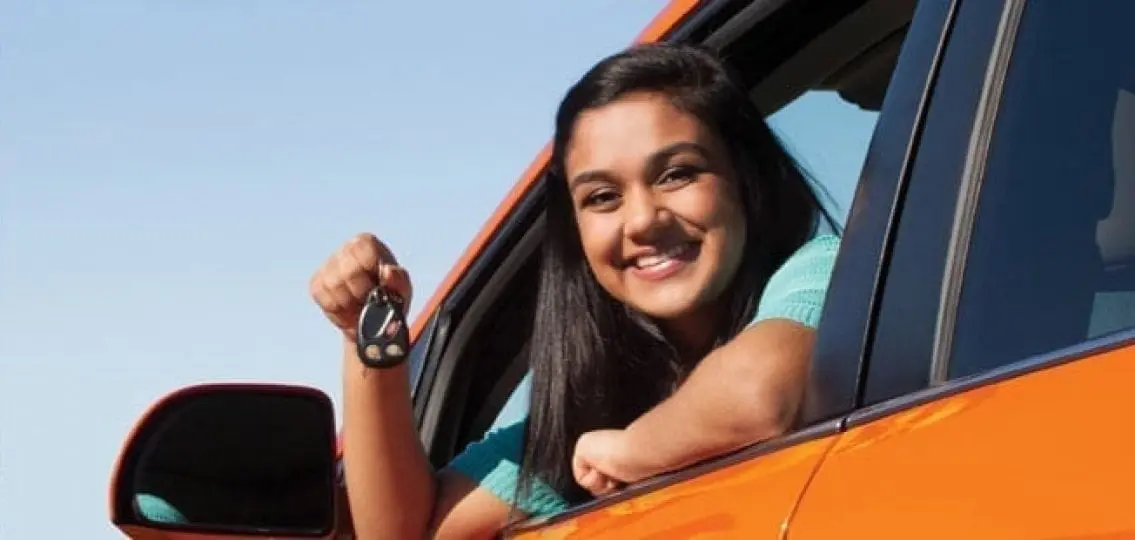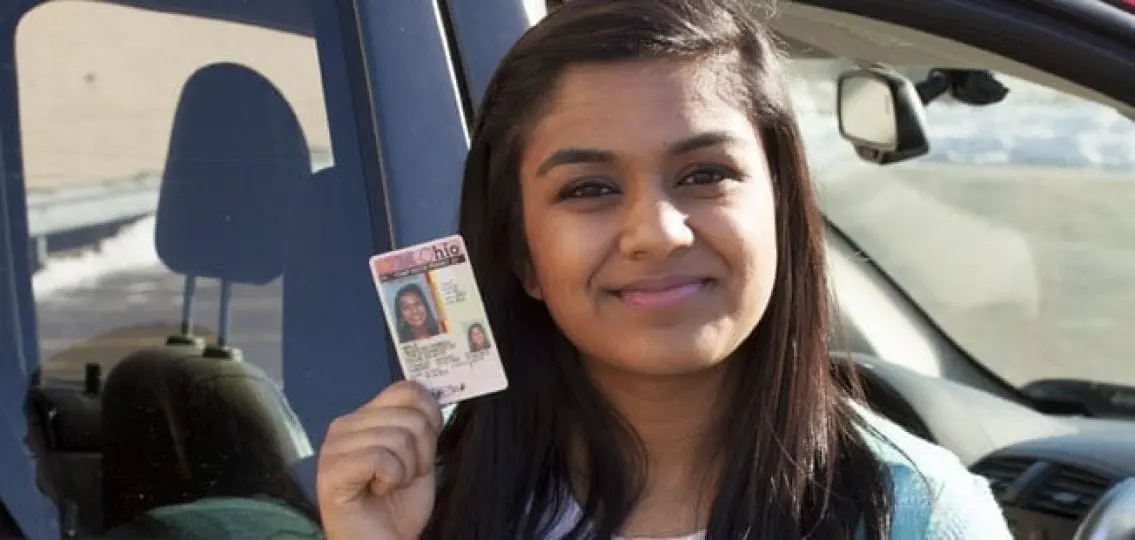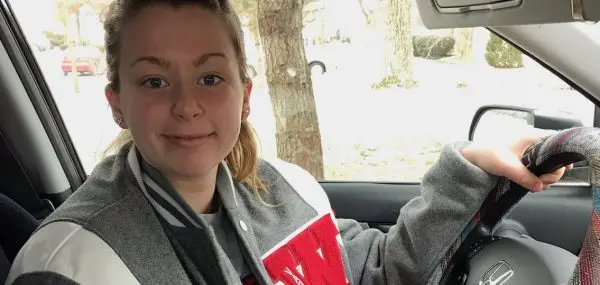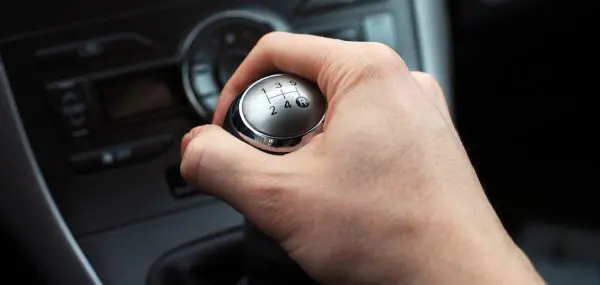You’re probably thinking that driver’s education begins around 10th grade, right? Nope. In fact, you can—and should—start teaching the basics in middle school. Here’s our year-by-year learning to drive guide for building a better teenage driver, from middle school through senior year of high school.

Middle School: Model Good Habits
Well before your middle schooler “officially” learns to drive, he’s getting early driving lessons by watching you. If you speed through yellow lights, text at red lights, get frustrated with other drivers, or drive with one hand, your adolescent will assume these are “normal” driving behaviors. Cleaning up your own driving act and promoting good driving habits will pay dividends when your adolescent gets his permit in a couple years.
9th Grade: Explain Your Actions
Six or so months before your teenager gets a permit, experts recommend that parents start narrating what they’re doing as they drive. “I’m turning left up here, so I’m putting on my turn signal, getting in the left lane, and slowing down . . .” It doesn’t have to be every time, but if you can do it enough, your teenager will enter the permit phase ahead of the game.
10th Grade: Driver’s Education
This is the year when the majority of teenagers start the driver’s licensing process.
Step number one: The permit, which requires a written test. A permit allows your teenager to drive with an adult in the car.
Step number two: learning to drive. Many states require a formal driver’s education program and a minimum number of instructed driving hours behind the wheel. Beyond the driving laws, driver’s education programs will earn you a discount on your insurance. Most states have a minimum of 50 hours with a parent or another adult on all kinds of roads and in all kinds of conditions. Depending on your state, your teenager can get her license between six months and a year after the permit phase.
Remember that even though your teenager earns a license doesn’t mean you need to allow her free rein. If you believe your teenager needs more work before being allowed to drive freely around town, then start slowly. Perhaps your teenager is only allowed to drive short distances and alone to start. Then add trips further afield as you feel more comfortable. There’s no rush.
11th grade: New Drivers
By 11th grade, most teenagers have earned their “restricted” or “probationary” license, which is the kind of license that teenagers are awarded for their first six to 12 months of driving. This license comes with restrictions such as no driving late at night and no driving with more than one passenger (again, it depends on your state).

12th grade: On the Road
By senior year, your teenager will likely have a full license with no limits on driving at night or number of passengers. At this point, your teenager should be a competent, safe driver. If not, it’s time to consider some additional instruction.





